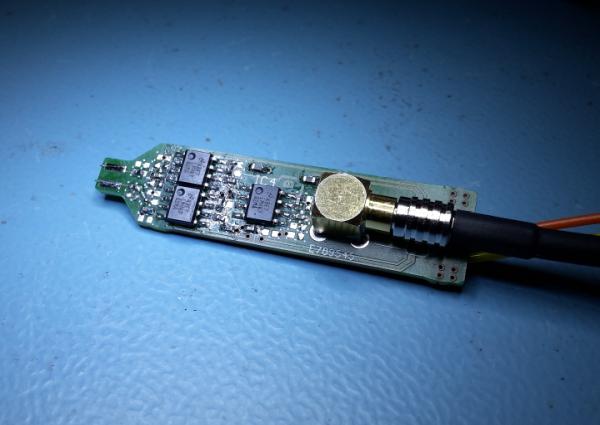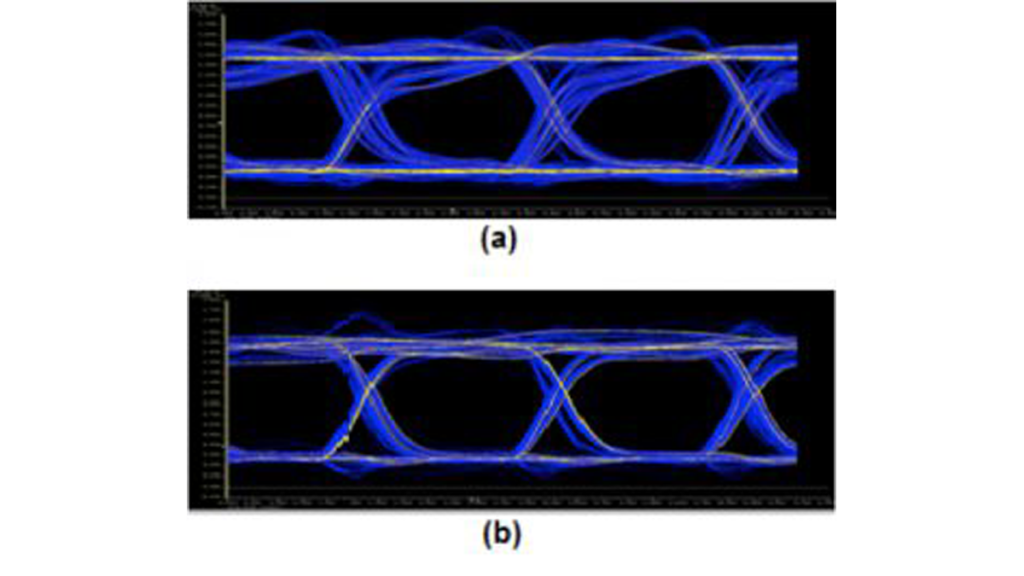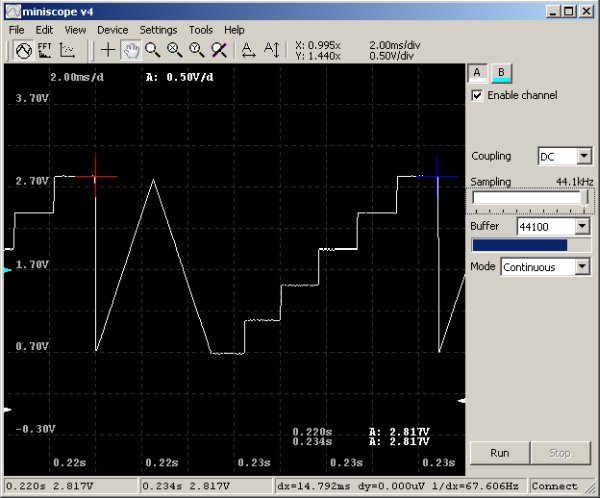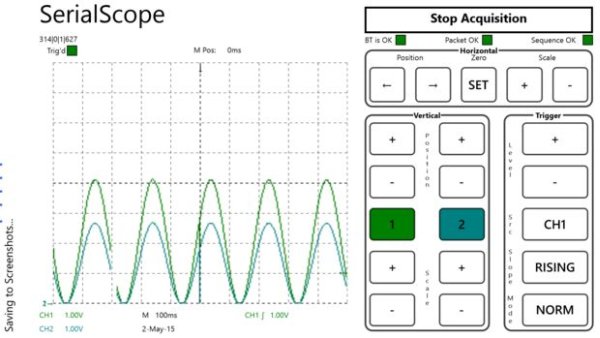An almost-GHz active differential oscilloscope probe
I wanted to probe a PCB at work to see how a ~500MHz differential clock was behaving. My trusty 100MHz oscilloscope was no use, it was too slow to see anything and unfortunately I couldn’t quite justify buying a $3k differential probe for my faster scope just for this. There are a bunch of DIY […]
An almost-GHz active differential oscilloscope probe Continue Reading








